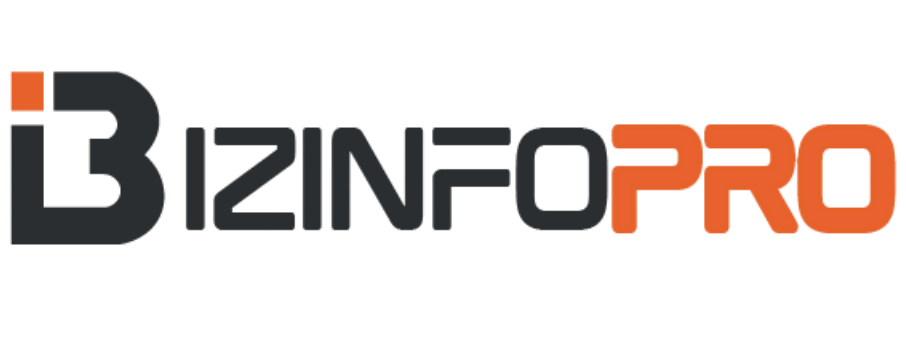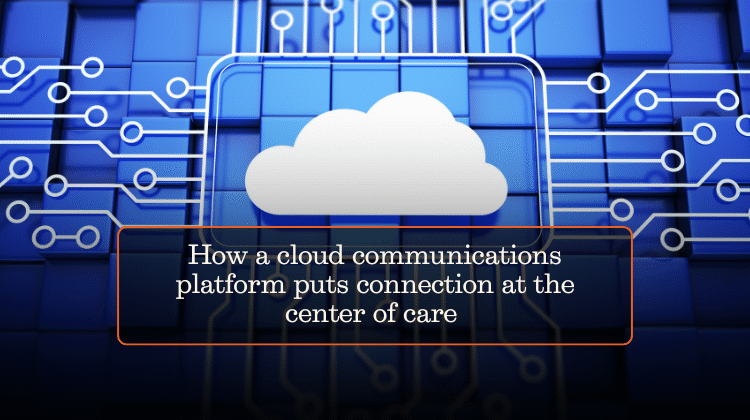
Rethinking Agility Beyond Tools and Technology
In today’s fast-paced business landscape, agility is no longer just a buzzword—it’s a survival strategy. Companies that can pivot quickly in response to market shifts, technological disruption, or customer needs are the ones that stay competitive. But true workplace agility doesn’t start with adopting new tools or methodologies. It begins with something far more foundational: a human-centered culture.
Agility is ultimately about how people work, collaborate, and make decisions. Without the right cultural mindset, even the most advanced systems or processes can fall short. A human-centered approach fosters empathy, inclusion, trust, and adaptability—qualities that empower employees to embrace change and drive innovation.
What Does It Mean to Be Human-Centered?
At its core, a human-centered culture places people at the heart of decision-making. It means understanding employees not just as resources but as individuals with unique motivations, needs, and potential. When leaders design workplaces that prioritize well-being, psychological safety, and mutual respect, they create an environment where people feel empowered to contribute their best.
Human-centered cultures encourage active listening, collaborative problem-solving, and continuous feedback. These principles naturally support agility because they create a workforce that is engaged, motivated, and aligned with organizational goals—even during periods of change or uncertainty.
Agility as a Mindset, Not a Methodology
Many organizations confuse agility with frameworks like Scrum or Agile software development. While these are valuable tools, they are only as effective as the culture behind them. Agility, at its essence, is a mindset—a way of approaching challenges with curiosity, adaptability, and responsiveness.
A human-centered culture nurtures this mindset by removing fear of failure and encouraging experimentation. Employees are more likely to take initiative and offer creative solutions when they know their input is valued and they won’t be penalized for trying something new.
This cultural support transforms agility from a technical process into a core organizational capability.
Trust and Empowerment: The Foundation of Agility
Agility requires that decisions be made quickly, often at the team or individual level. This is only possible in a culture built on trust and empowerment. When leaders trust their teams and give them the autonomy to act, they eliminate bureaucratic delays and enable faster responses.
Empowered employees are more engaged, more innovative, and more willing to adapt to change. They take ownership of outcomes and align their work with the bigger picture. This sense of agency is the lifeblood of an agile workplace.
Building this kind of culture involves:
- Transparent communication
- Flat or fluid organizational structures
- Recognition of contributions
- Encouraging diverse perspectives
The result is a workforce that’s ready and willing to shift gears when needed—without waiting for top-down instructions.
Psychological Safety Fosters Risk-Taking and Innovation
Another essential component of a human-centered, agile culture is psychological safety—the feeling that it’s safe to take risks, speak up, and share new ideas without fear of criticism or retaliation.
In rigid, hierarchical environments, employees often stay silent rather than challenge the status quo. In contrast, psychologically safe environments encourage open dialogue and iterative improvement, which are essential for innovation and resilience.
Companies that foster psychological safety are better equipped to navigate disruption, as employees are more likely to surface problems early, suggest creative solutions, and adapt quickly to new strategies.
Agility in Action: Adaptability During Crisis
The COVID-19 pandemic was a global test of agility. Organizations that had already cultivated human-centered cultures were better able to shift to remote work, adjust priorities, and maintain employee morale.
For example, companies that emphasized work-life balance and flexible policies were able to support their teams through uncertainty, maintaining productivity without compromising well-being. Their agility didn’t come from technology alone—it stemmed from an existing culture of empathy, communication, and support.
This real-world proof reinforces the idea that people-first organizations are naturally more agile.
Continuous Learning and Feedback Loops
A truly agile organization thrives on learning. Human-centered cultures promote continuous development through regular feedback, coaching, and skill-building. Instead of treating training as a one-off activity, these companies embed learning into everyday work.
This focus on development ensures that employees remain adaptable, ready to take on new challenges, and equipped with up-to-date knowledge. Feedback loops also help organizations remain attuned to employee concerns and evolving customer needs.
The result? A culture that continuously iterates—not just on products, but on processes, relationships, and ways of working.
Diversity, Equity, and Inclusion Drive Broader Agility
A human-centered culture is also an inclusive culture. Diverse teams bring different viewpoints and lived experiences, which fuel more comprehensive problem-solving and more innovative thinking.
When people from varied backgrounds are encouraged to contribute ideas and feel seen and heard, the organization becomes more agile by design. It can anticipate a broader range of customer needs, identify blind spots, and avoid groupthink.
Equity and inclusion aren’t just moral imperatives—they’re strategic assets in building a workplace that adapts and evolves.
The Cultural Shift Must Start at the Top
Leadership plays a critical role in shaping and sustaining a human-centered culture. Executives and managers must model the behaviors they wish to see: empathy, flexibility, humility, and collaboration. This cultural shift requires intentional effort, including:
- Reimagining success metrics beyond productivity
- Promoting authentic communication
- Redefining leadership as service rather than control
Only when leadership aligns with human-centric values can true workplace agility take root and scale.
Human-Centered Culture Is the Future of Agile Work
Agility isn’t just about how fast a business can move—it’s about how well it adapts, learns, and grows. And none of that happens without people. Building a workplace where employees feel valued, trusted, and empowered is not just good for morale—it’s essential for long-term agility and competitiveness.
As digital transformation accelerates and the future of work continues to evolve, organizations must recognize that agility begins not in strategy decks, but in culture. A human-centered approach creates the foundation for a workplace that’s not only adaptable, but also resilient, innovative, and deeply connected to its people.
Stay ahead of workforce transformation, leadership trends, and finance-driven workplace innovation. Discover the insights that matter most at BizInfoPro.











